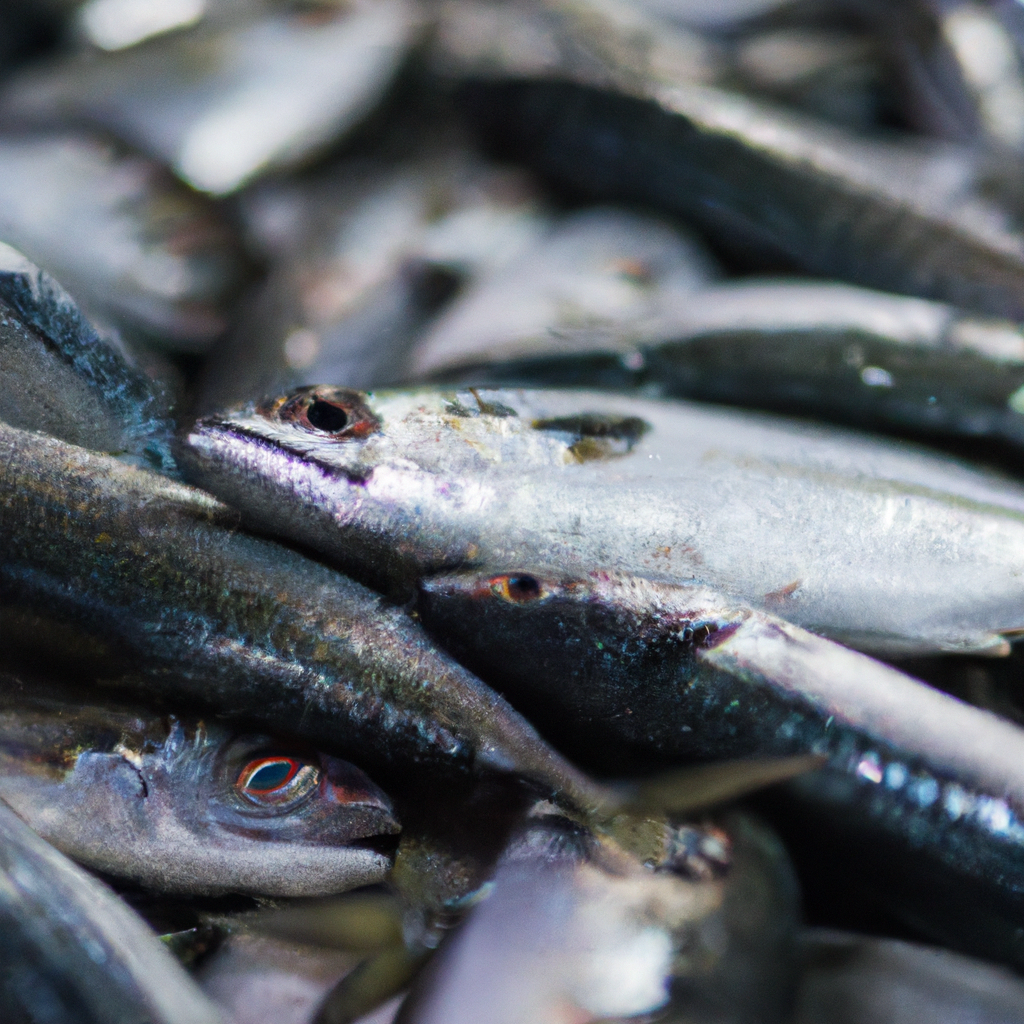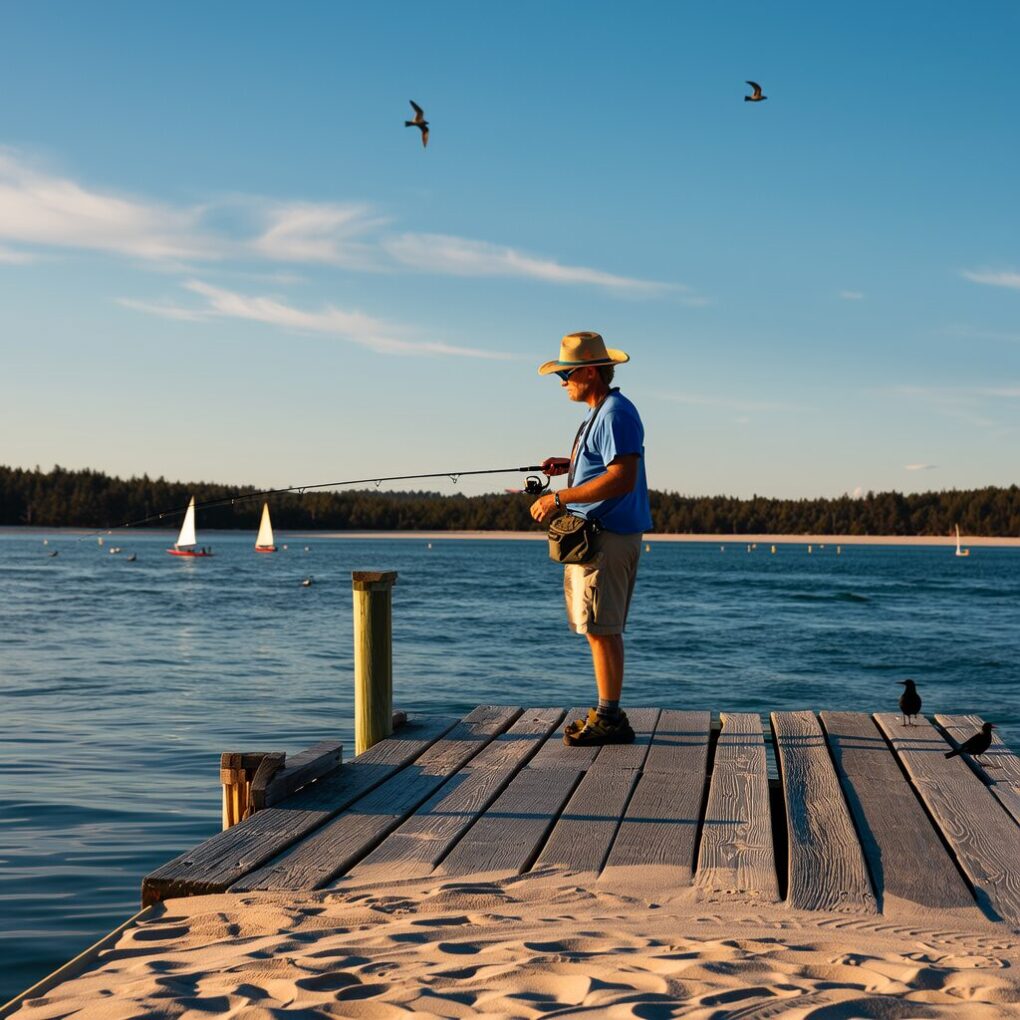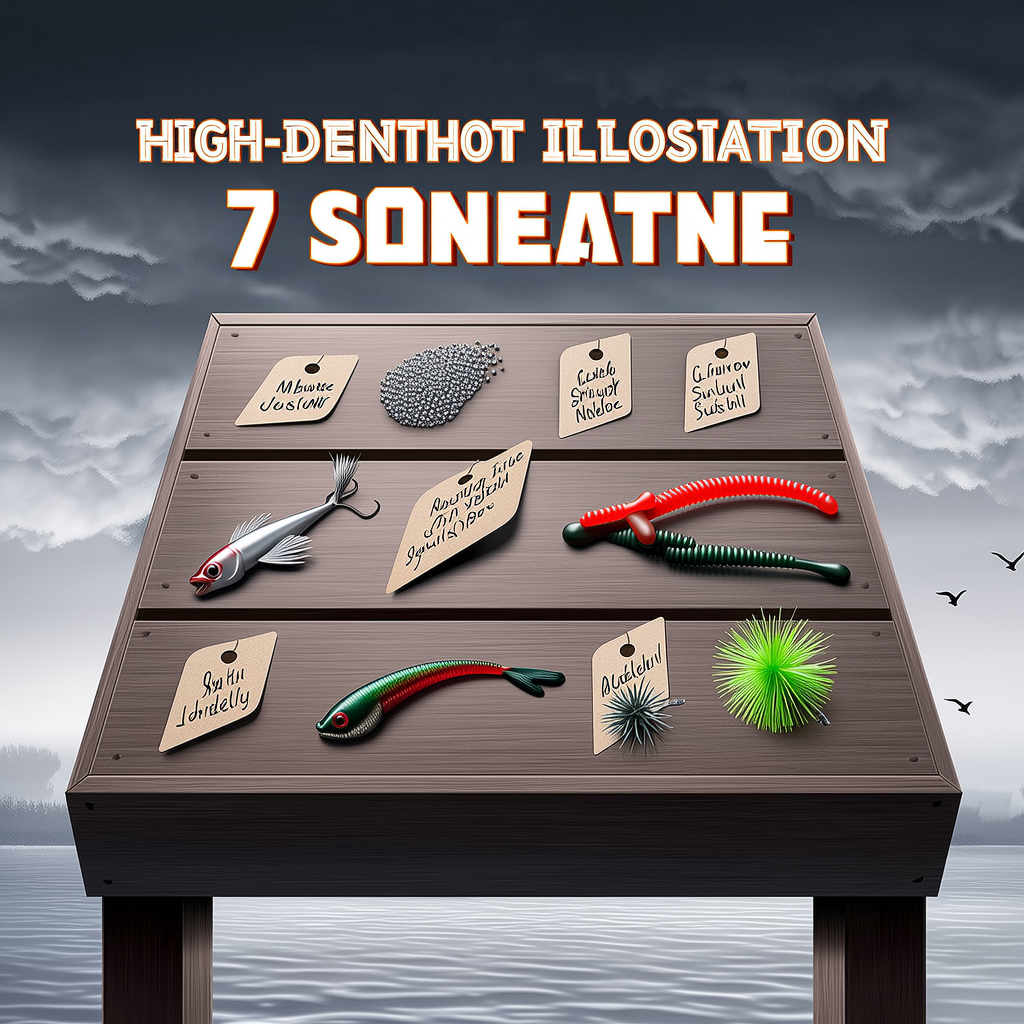The American shad is a fish species that belongs to herring family. It is native to North America’s North Atlantic coast, from Newfoundland up to Florida. The American shad, valued for its silvery color and ability to cover long distances by both commercial and recreation fishermen, is highly sought after.
Physical Characteristics
The American shad is a slim fish with a streamlined body, which makes it ideal for swimming quickly. It can reach a length of 20-30 inch and weighs between 3 and 8 pounds. Their bodies are covered in large scales which give them a silvery appearance.
The dorsal or back fin is located at the rear of the body. The anal or tail fin is closer to it. Both fins are silvery and soft, matching the overall look of the fish. The mouth of the American Shad is equipped with sharp, pointed teeth that allow it to feed on plankton and small fish.
Habitat and Distribution
The American shad is an anadromous fish, which means that they spend the majority of their lives in seawater but migrate into freshwater rivers to lay eggs. They prefer clean, well-oxygenated water for successful reproduction.
The American shad can be found along the eastern coasts of North America from Newfoundland, Canada, to the St. Johns River, Florida. You can also find them in freshwater tributaries that connect to the Atlantic Ocean such as the Delaware River, Connecticut River, and Susquehanna River.
Life Cycle
The American shad’s life cycle is divided into distinct stages. The life cycle of American shad begins with spawning. Adult shad migrate to freshwater rivers from the ocean. The eggs are released and fertilized by the males. This results in small transparent larvae known as alevins.
After a few days, alevins become fry and begin to feed on small organisms. As they grow they become juveniles which are smaller than adult shad. The juveniles spend several years in oceans before they reach maturity and return to freshwater rivers to reproduce, completing their life cycle.
Ecosystems are important
The American shad is a vital part of the ecosystems that they inhabit. As prey species, American shad are a food source for larger fish, marine mammals, and birds. Their migrations have a major impact on the transfer nutrients between freshwater environments and marine environments. This contributes to the overall health the ecosystem.
American shad also support commercial and recreation fisheries. This provides economic benefits to coastal towns. They are prized by anglers for their fighting abilities and flavor.
Conservation
The American shad has faced challenges because of habitat destruction, pollution, and overfishing. Conservation efforts have been made to ensure their survival.
To maintain sustainable populations, fisheries management practices have been implemented, including the implementation of protected areas, the regulation of fishing seasons, and the monitoring of catch limits. Habitat restoration projects have also been undertaken, including improvements in water quality and removal of dams to improve the spawning- and rearing habitats of American shad.
Conclusion
The American shad is a species of fish that can be found along the east coast of North America. Their unique life cycle and economic importance, as well as their contribution to ecosystems, make them a remarkable species. By implementing effective conservation methods, we can ensure long-term sustainability for American shad population and continue to value their ecological and cultural importance.




